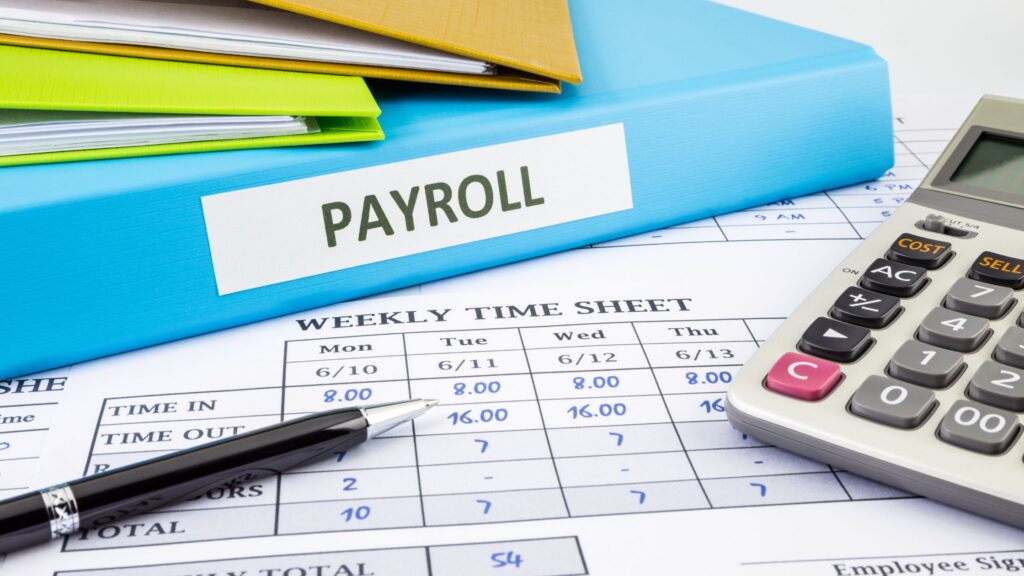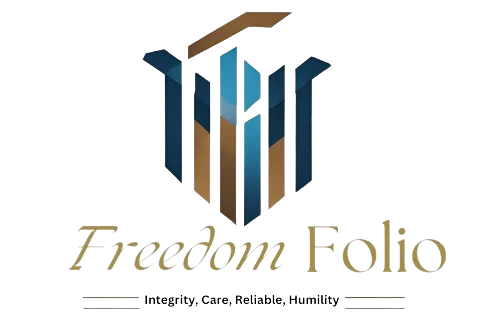
Table of Contents
ToggleIntroduction
Payroll refers to a system or software for managing, maintaining, and automating payments. Properly maintained robust systems and integrated systems solutions help organizations of all sizes adhere to tax laws and financial guidelines and reduce costs.
How does payroll work?
Payroll consists of core business systems that make sure the employee receives on-time compensation. Payroll makes sure employees can access the payroll to edit personal information and payment details.
For example, payroll systems are reliable, can be configured, and are easy to use. They are flexible and eBay uses payroll systems to automate payments to workers at different locations in the world.
Benefits of payroll
Millions of users rely on payroll for its timely accuracy, transparency, flexibility, and time management.
- Accuracy in payments: mergers with the acquisition, new hires and payment can get complicated due to time-consuming. With payroll and transparency, you can build employee trust and confidence.
- Transparency in allowance: personal costs are the highest expense which integrates other lines of business like finance and accounting.
- Flexibility: payroll makes it easier to adapt and even if business changes the data doesn’t need to be entered individually.
- Time management: Compared to older versions, you can now invest your time in other sections of organizations and devote yourself to other business processes.

How does payroll help?
It helps employees get paid at the right time and the right amount via payment all with less time and hassle. Employees also take advantage of a user-friendly interface to view their payment history.
Benefits of payroll in business
Moreover, payroll helps a business in many ways by compliant payroll solutions beyond tasks of paying employees and helps in the organization.
- Morale: Avoiding instances such as incorrect payments, unpaid overtime, or improper payment methods boosts morale.
- Business Insights: Integrating payroll solutions with business systems generates deep insights that help develop accurate budgets and forecasts.
- Reporting: The software delivers real-time insights that users can translate into charts to make business decisions.

How does the solution for payroll help with taxes and regulations?
Payroll eliminates headaches associated with taxes and other regulations. This integrates timely payment and tax deductions by automatically adjusting to regulations. During mergers or acquisitions, the system automatically generates complexities when transferring employees.
Integration of payroll systems associated with taxes is critical for preparation and audits. This allows automation systems to simplify tax and audits. Allowing an updated view of both the monitors and possible compliances with taxes.
Conclusion
To summarize, solutions for payroll systems are becoming more adaptable for work and payment. To learn more about payroll solutions, visit Freedomfolio.

FAQ (Frequently Asked Questions)
- How to look for a payroll?
Moreover, look for software that provides direct support everywhere you have partnerships, making sure you have to run payroll manually in regions.
- Is payroll part of accounting or HR?
Payroll is an accounting practice that deals with paying people in the company and comes mostly under HR as they manage payroll-related issues.
- What is payroll tax?
Moreover, Payroll tax consists of 6.2% of income as the wage increases annually. Payroll solutions take care of Medicare taking 1.45% of income.




